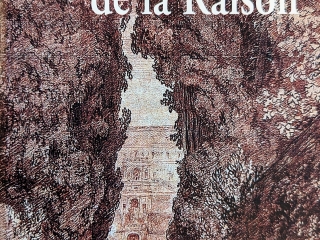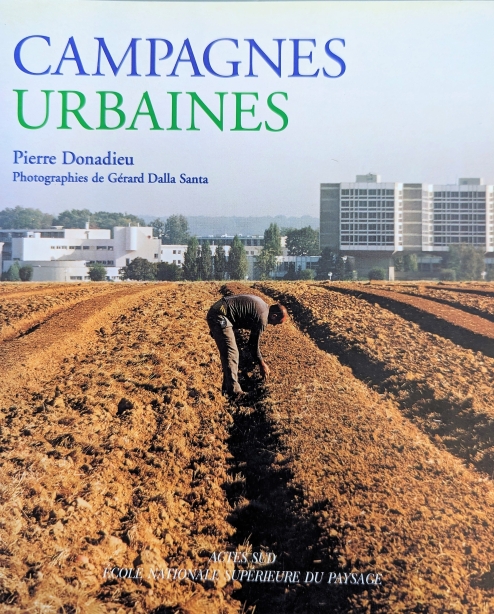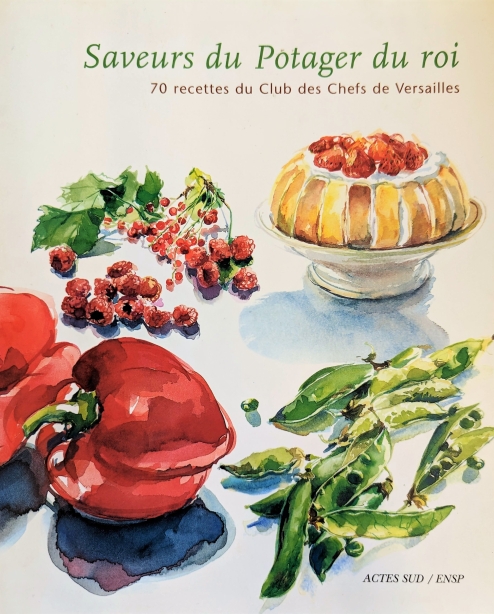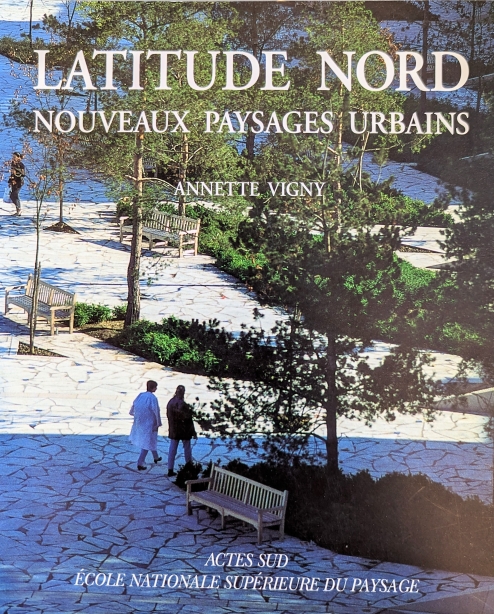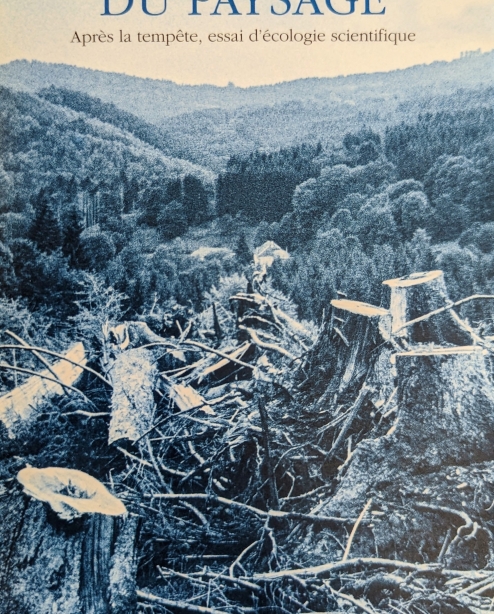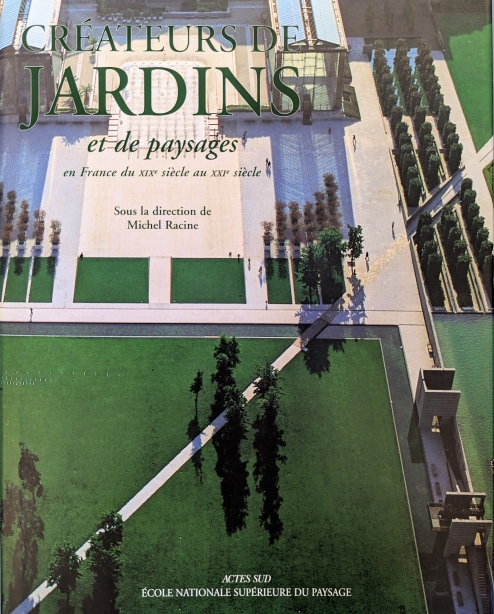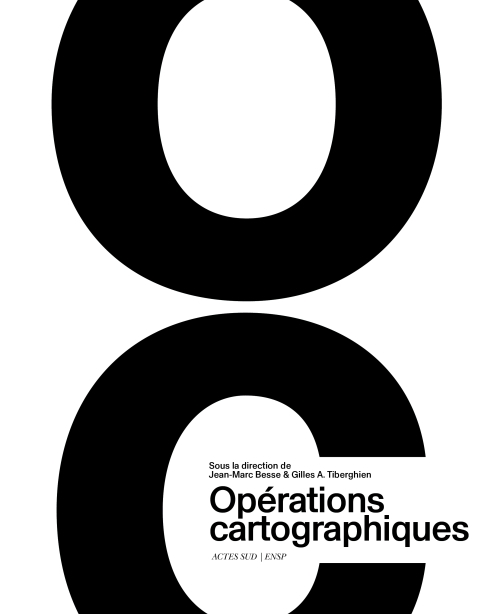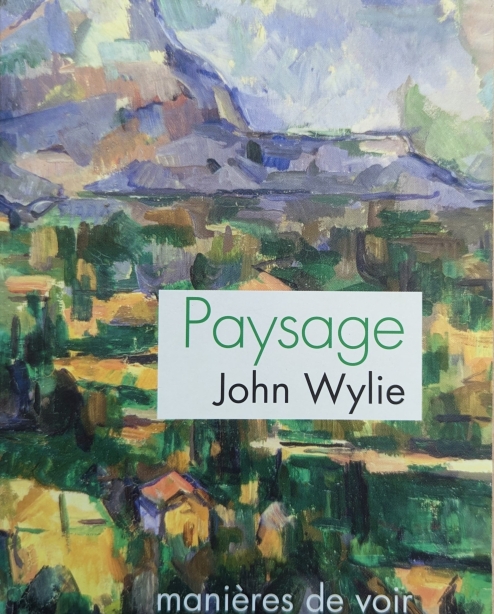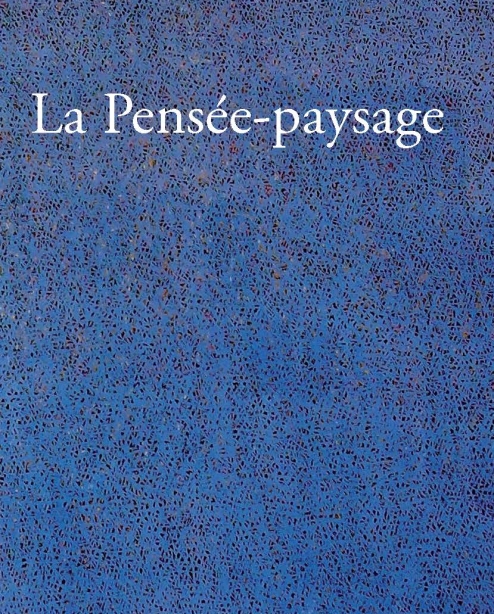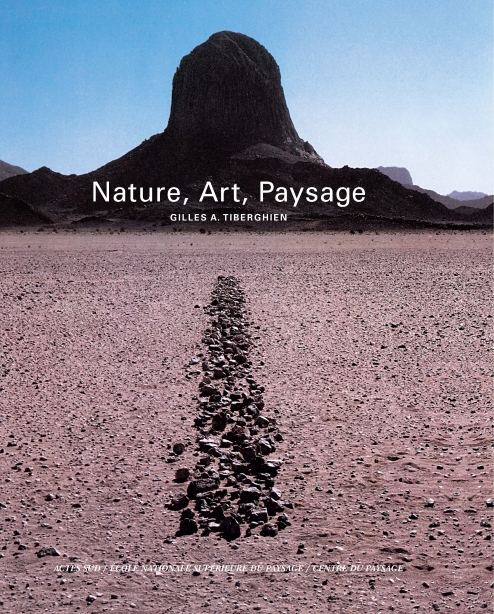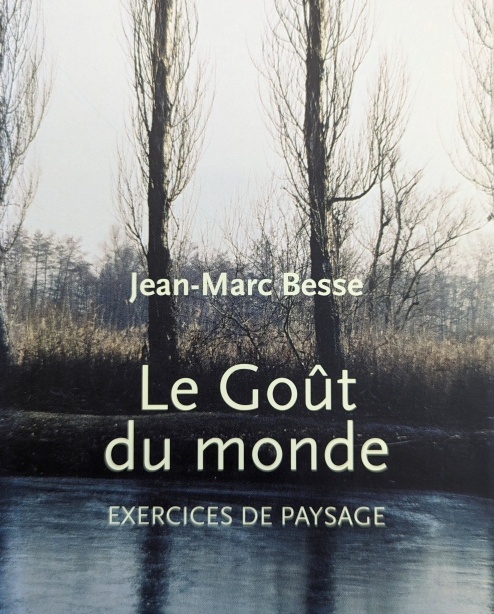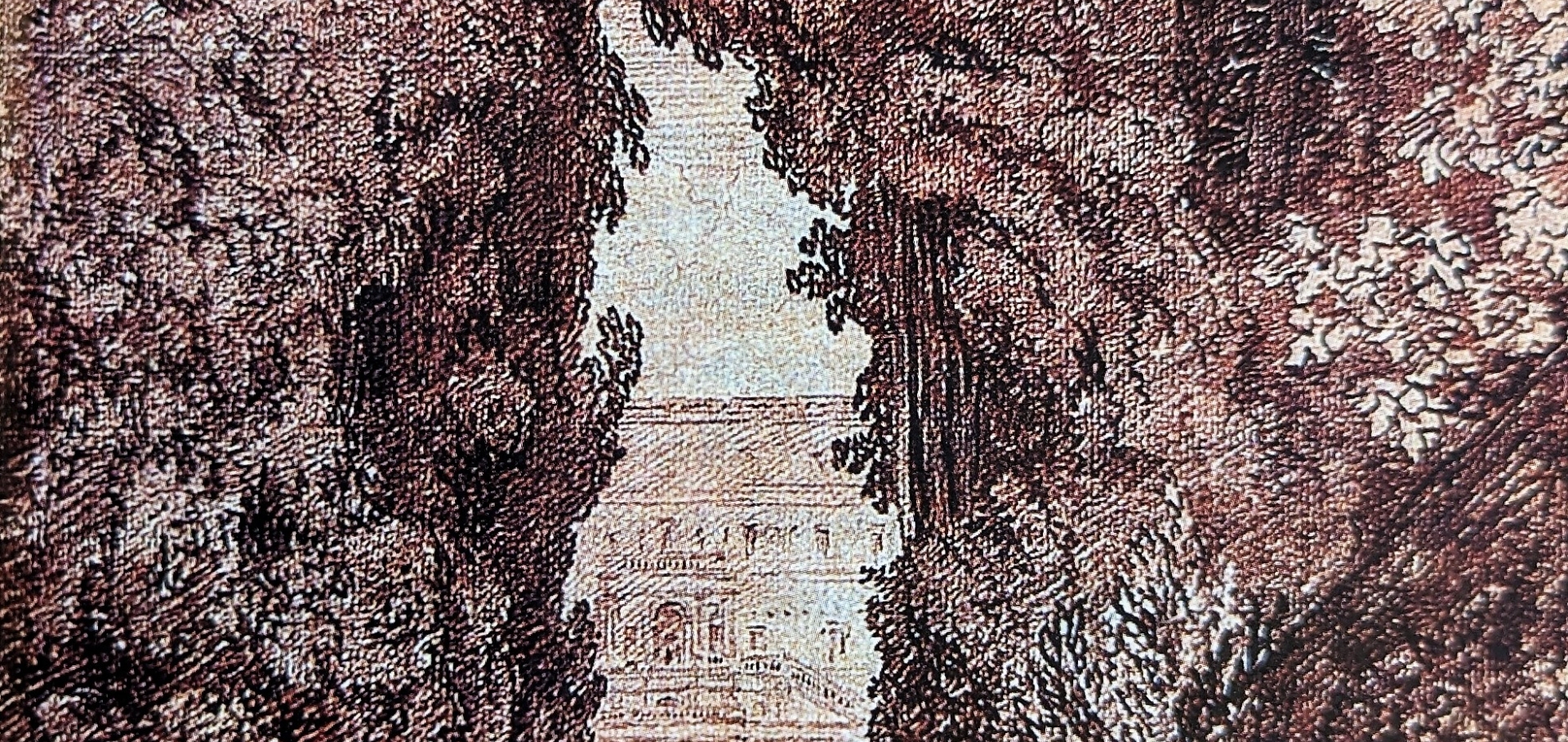
Publications Ouvrage : Les Paysages de la Raison
Anna Ottani Cavina
Édition : Actes Sud / École nationale supérieure de paysage
Publié le
Présentation
Vers la fin du XVIIIe siècle, une nouvelle image de Rome apparaît dans la peinture. L'heure n'est plus aux visions sépulcrales, à la poétique des ruines, aux vedute livrées à l'Europe par Piranèse. Rome est désormais solaire, inhabitée, géométrique. Ce sont surtout les artistes étrangers qui imposent ce changement des regards : français d'abord, dans le sillage de David, puis hollandais, allemands, anglais, suisses, danois. Aux origines de la mutation : la redécouverte du dorique, dont les formes élémentaires et primaires sont rapidement prises comme modèles pour les arts figuratifs. Peintres et architectes, c'est l'autre innovation, travaillent côte à côte, étudient les mêmes monuments, fréquentent les mêmes lieux. L'histoire qui se dessine est alors celle d'une conceptualisation et d'une abstraction progressives des formes et des espaces, avec des solutions expressives qui apparaissent aujourd'hui d'une extraordinaire modernité. C'est un XVIIIe siècle inconnu qui rejoint l'histoire européenne de la peinture de paysage, le long d'une ligne qui conduit de Henri de Valenciennes à Jean-Baptiste Corot.
The Landscapes of Reason
Towards the end of the 18th century, a new image of Rome appeared in painting. Europe had said goodbye to the visions of the grave, the poetry of ruins and Piranese's vedute. Rome was now a solar city, both geometric and uninhabited. It was above all foreign artists who brought about this change of perspective: the French were the first, in the wake of David, then the Dutch, Germans, English, Swiss and Danish. At the origins of this change was the rediscovery of the Doric, of which the elementary and primary forms were soon taken as models for the figurative arts. The other major innovation was that painters and architects started working in tandem, studying the same monuments, frequenting the same places. The history that emerges is one of the progressive conceptualisation and abstraction of forms and space, with expressive solutions that today appear extraordinarily modern. Along a lineage from Henri de Valenciennes to Jean-Baptiste Corot, this obscure aspect of the 18th century takes its place alongside the landscape painting of European art history.
